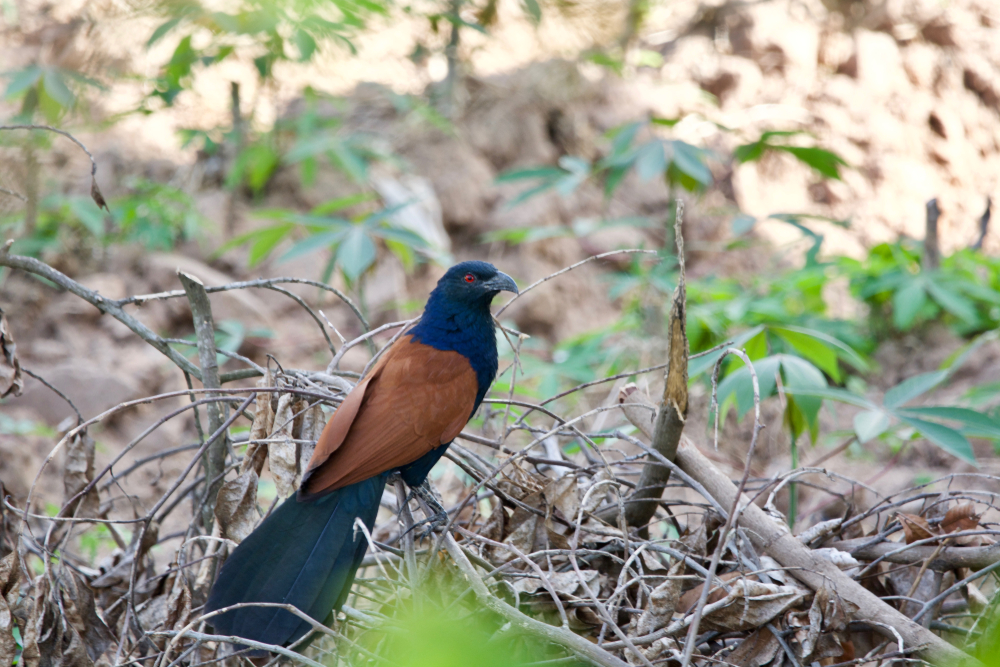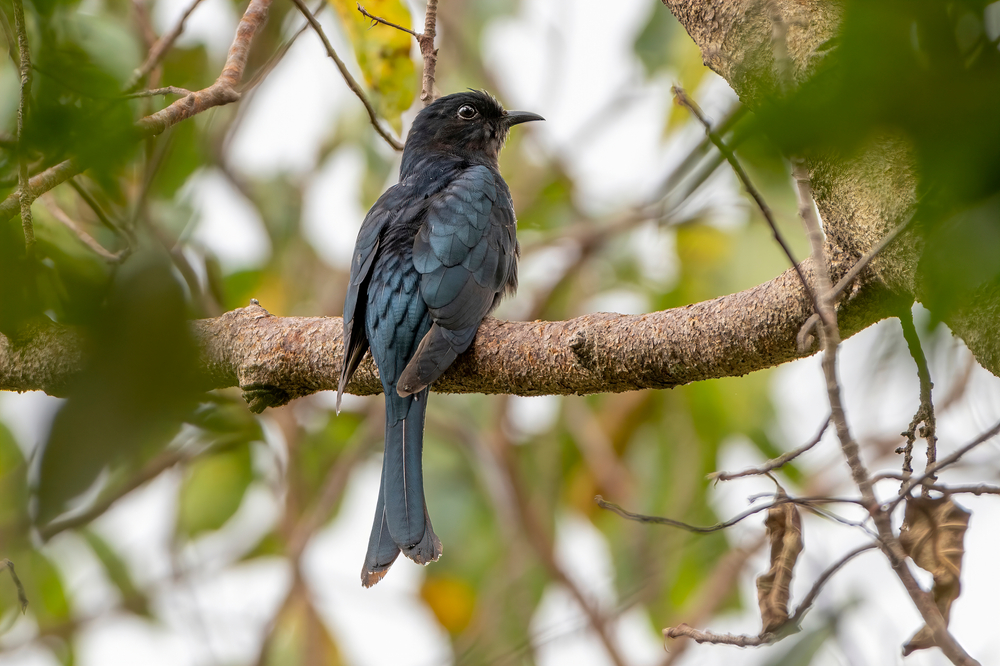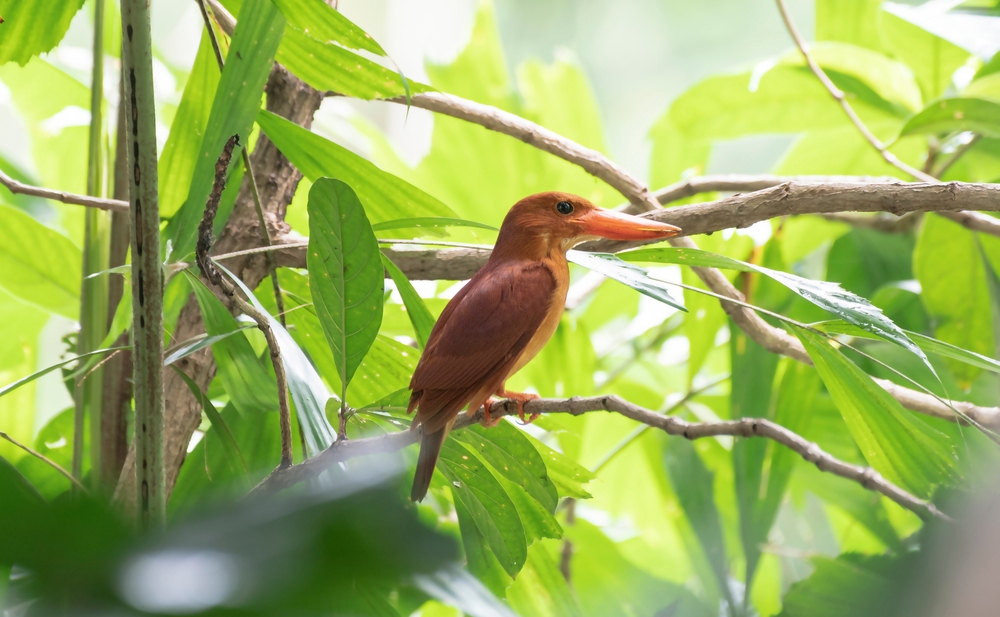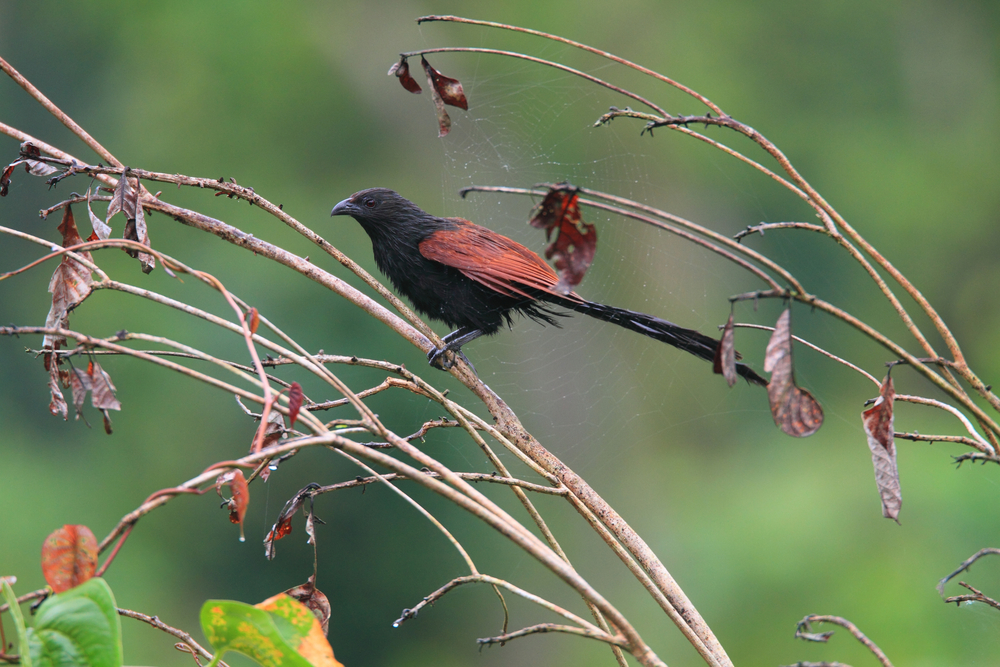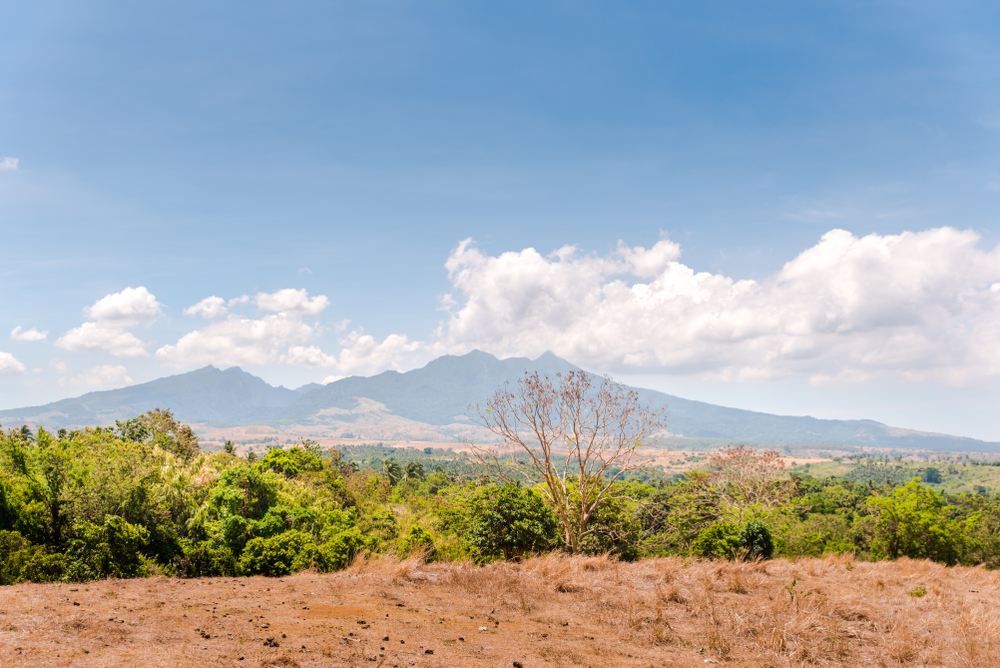Northern Luzon Heroes Hill Overview
Northern Luzon Heroes Hill National Park, locally known as Pambansang Liwasan ng Northern Luzon Heroes Hill, is a historically symbolic and naturally scenic protected area located in the municipality of Santa in Ilocos Sur, along the western coastline of northern Luzon in the Philippines.
Spanning approximately 1.2 square miles (3.1 square kilometers), the park lies between the Cordillera mountain foothills and the West Philippine Sea. Established in 1963, the park was designated not only to conserve its natural landscapes but also to honor Filipino war heroes, particularly those who fought during World War II in Northern Luzon.
The terrain of the park features a combination of rolling hills, coastal ridges, forest patches, and elevated plateaus that provide sweeping views of the surrounding landscape. The area overlooks the Abra River delta and the nearby coastline, offering a unique blend of inland and oceanic scenery.
The land is largely covered with secondary forest, interspersed with grasslands, bamboo groves, and native trees such as molave and acacia. During the dry season, the terrain appears golden and windswept, while the rainy season transforms it into a green and vibrant landscape filled with wildflowers and native shrubs.
Wildlife in Northern Luzon Heroes Hill National Park includes a modest range of birds, reptiles, and small mammals adapted to lowland forest and open grassland habitats. Common sightings include Philippine coucals, doves, and sunbirds, as well as lizards, skinks, and frogs around forested and moist areas.
The hills provide occasional refuge for civet cats and squirrels, though large animals are rare due to human activity in nearby communities. Despite its size, the park still plays a role in regional biodiversity conservation by acting as a habitat corridor and green buffer.
The park’s most distinctive feature is its historical significance. It was established to commemorate the bravery of Filipino guerrillas and soldiers who resisted Japanese forces in Northern Luzon. A monument and hilltop markers serve as silent testaments to the valor of those who fought in the region.
Trails leading to these markers offer visitors a chance to reflect on the past while enjoying expansive views of the West Philippine Sea, the Cordillera foothills, and the winding Abra River. The blend of natural beauty and historical reverence gives the park a quiet, reflective atmosphere.
Visitors engage with the park through hiking, picnicking, sightseeing, and educational visits. Its accessible trails and elevated points make it ideal for light trekking and historical walks. Local schools and civic groups often use the site for patriotic events and environmental awareness activities.
The hilltop viewing areas are particularly popular during sunrise and sunset, offering panoramic vistas that attract photographers and casual visitors alike. Although the park remains relatively low in tourism volume, it provides a peaceful and meaningful escape for those seeking a combination of nature and heritage.
Conservation efforts focus on protecting both the natural environment and the cultural significance of the site. Challenges include limited infrastructure, sporadic maintenance, and encroachment from nearby development.
However, the local government and heritage advocates continue to promote awareness of the park’s dual role as a historical memorial and natural reserve. Efforts such as tree planting, educational outreach, and community engagement aim to preserve its tranquil landscape while honoring the legacy of Northern Luzon’s wartime heroes.








































































